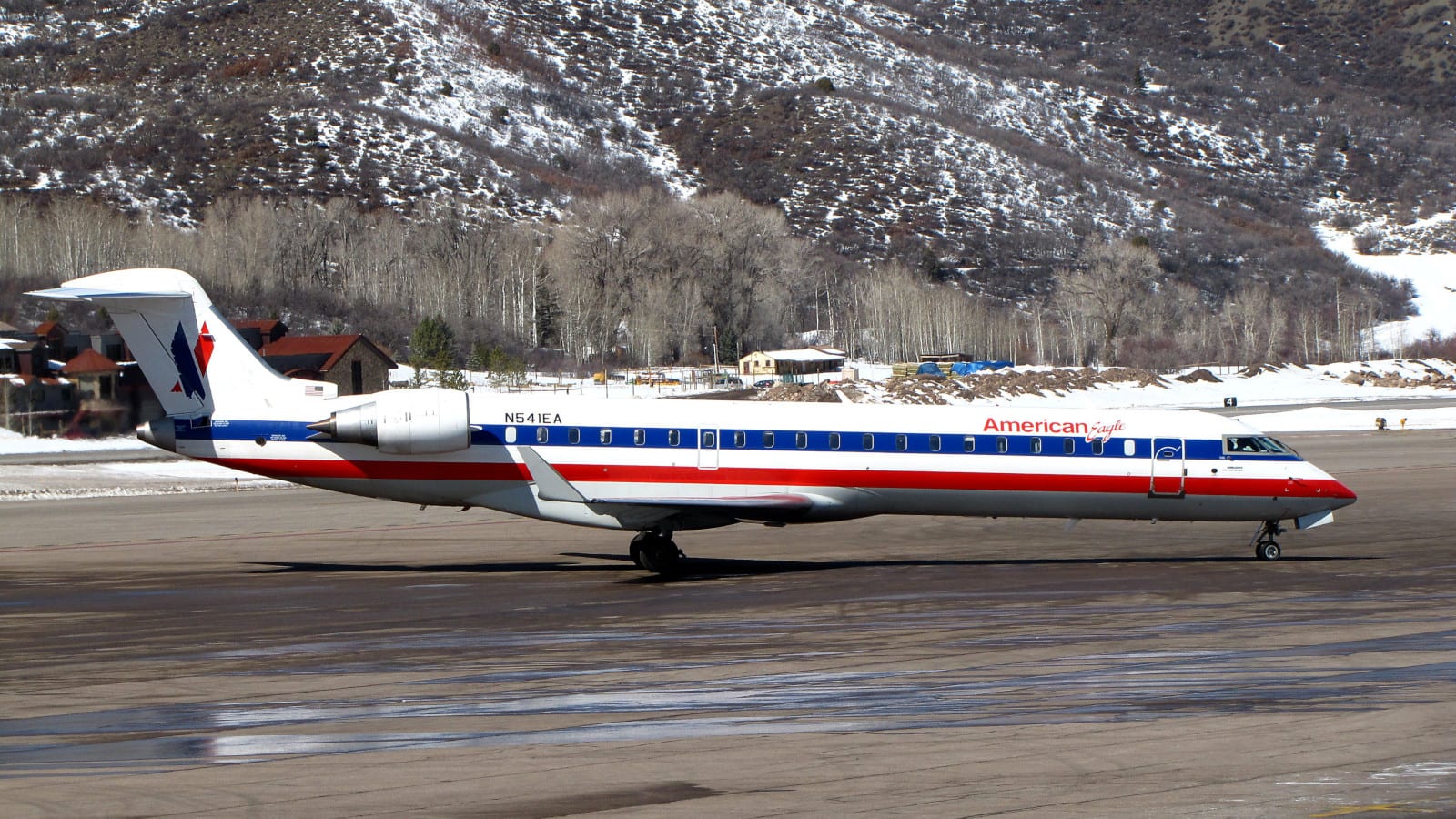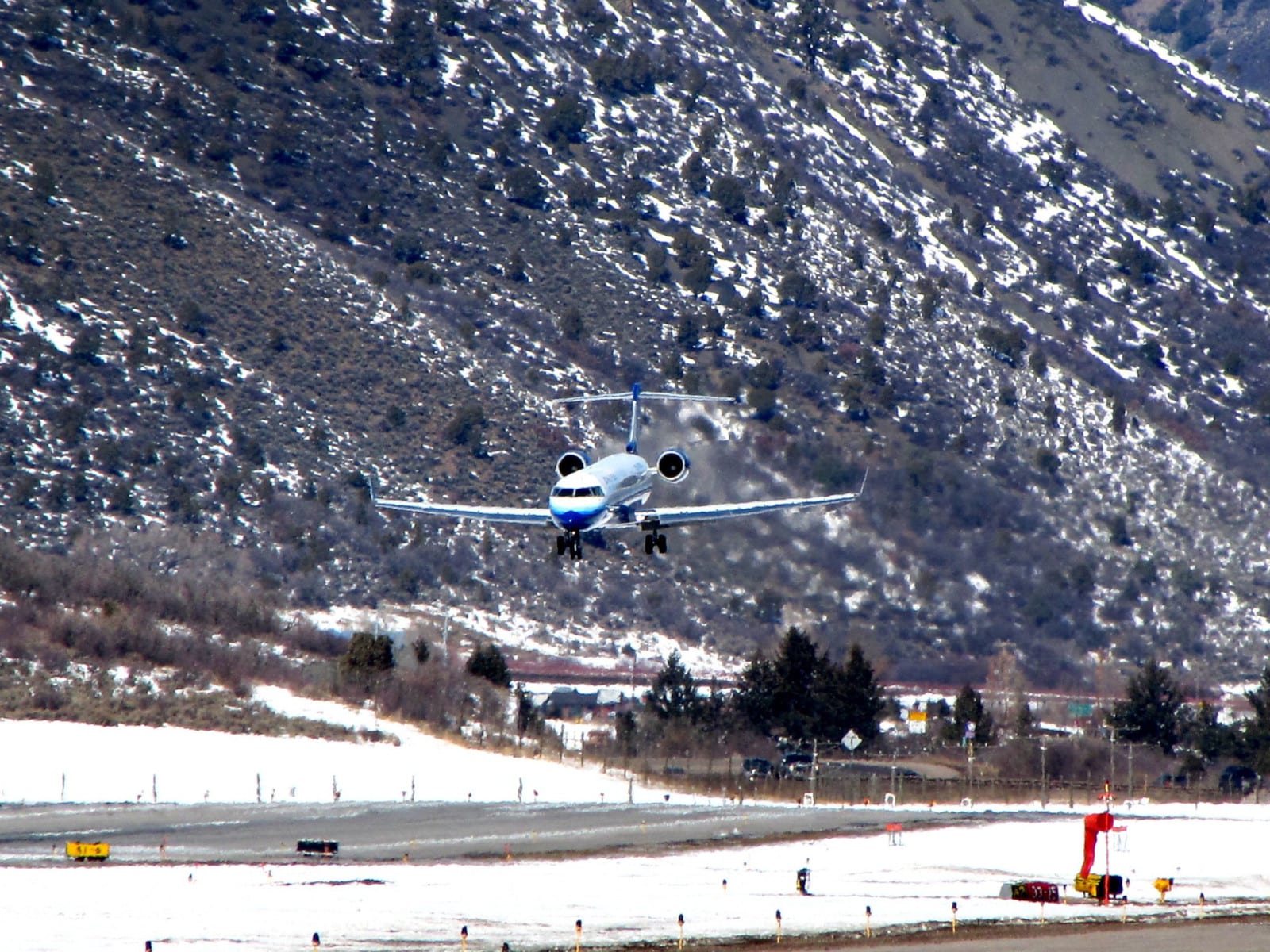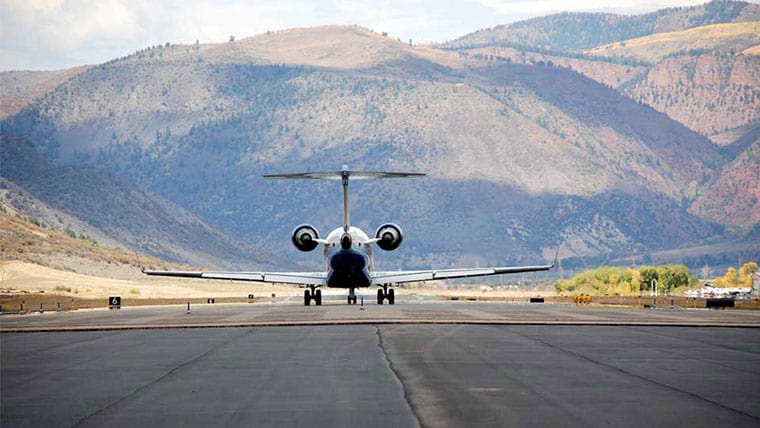“Okay, here is an article about Aspen/Pitkin County Airport (ASE) in English, aiming for approximately 2000 words.
Artikel Terkait Okay, here is an article about Aspen/Pitkin County Airport (ASE) in English, aiming for approximately 2000 words.
Table of Content
- 1 Artikel Terkait Okay, here is an article about Aspen/Pitkin County Airport (ASE) in English, aiming for approximately 2000 words.
- 2 Video tentang Okay, here is an article about Aspen/Pitkin County Airport (ASE) in English, aiming for approximately 2000 words.
- 3 The Mountain Gateway: An In-Depth Look at Aspen/Pitkin County Airport (ASE)
Video tentang Okay, here is an article about Aspen/Pitkin County Airport (ASE) in English, aiming for approximately 2000 words.
Okay, here is an article about Aspen/Pitkin County Airport (ASE) in English, aiming for approximately 2000 words.

The Mountain Gateway: An In-Depth Look at Aspen/Pitkin County Airport (ASE)
Nestled high in the Elk Mountains of Colorado, Aspen/Pitkin County Airport (ASE) is far more than just a landing strip. It is the vital artery connecting the exclusive mountain town of Aspen and the surrounding Roaring Fork Valley to the rest of the world. Known for its challenging operational environment, stunning scenic approaches, and its role as a key hub for both commercial and private aviation, ASE is a fascinating study in the complexities of operating an airport in a unique, high-altitude, and environmentally sensitive location.
A Crucial Lifeline in a Mountain Paradise
Aspen is globally renowned as a premier destination for skiing, outdoor recreation, culture, and luxury. Its relative isolation, while contributing to its charm and exclusivity, also makes efficient transportation absolutely essential. For many visitors and residents, flying into ASE is the most convenient, and often the only practical, way to reach the area, especially during the peak winter and summer seasons. The airport acts as the primary gateway for tourists flocking to the slopes of Aspen Snowmass, the cultural events like the Aspen Ideas Festival, or simply to enjoy the breathtaking natural beauty of the Colorado Rockies.
But ASE’s importance extends beyond tourism. It serves as a critical link for business travelers, second homeowners, and essential services, including medical flights and emergency access. Its presence significantly impacts the local economy, supporting jobs directly at the airport and indirectly throughout the hospitality, retail, and service industries that cater to the influx of visitors it facilitates.
Location, Location, Location: The Roaring Fork Valley Setting
Aspen/Pitkin County Airport is situated approximately three miles northwest of the town of Aspen, in the heart of the Roaring Fork Valley. The airport sits at an elevation of 7,837 feet (2,389 meters) above sea level. This high altitude is a defining characteristic and a major factor influencing every aspect of airport operations, from aircraft performance to weather patterns.
The airport is surrounded by dramatic mountain landscapes. To the south and east rise the peaks of the Elk Mountains, part of the larger Rocky Mountain range. The valley itself is relatively narrow, constrained by terrain on either side. This geographical setting provides passengers with unparalleled views during takeoff and landing – often cited as one of the most spectacular airport approaches in the world – but it also presents significant challenges for pilots and air traffic control. The combination of high elevation, surrounding terrain, and unpredictable mountain weather creates a complex operational environment that demands a high level of pilot skill, advanced aircraft technology, and stringent safety protocols.
A Glimpse into History: From Dirt Strip to Modern Gateway

The history of aviation in the Aspen area dates back to the mid-20th century. As Aspen began its transformation from a quiet mining town into a burgeoning ski resort and cultural center, the need for air access became apparent. An initial airstrip was developed to accommodate small aircraft, primarily serving private individuals and the growing number of visitors.
Over the decades, as Aspen’s popularity grew, so did the demand for air travel. The airport evolved from a basic dirt or gravel strip into a paved runway capable of handling larger, albeit still relatively small compared to major hub airports, commercial aircraft. The first commercial airline services were established, tentatively connecting Aspen to larger cities.
Significant milestones included the paving and lengthening of the runway, the construction of a terminal building, and the implementation of more sophisticated navigation and air traffic control systems. Each upgrade was driven by the increasing volume of traffic and the need to improve safety and reliability in the challenging mountain environment. The airport’s development has always been closely tied to the growth of Aspen itself, reflecting the town’s changing needs and its status as a world-class destination.
Operational Realities: Navigating the Unique Challenges
Operating an airport at 7,837 feet in a mountain valley presents a unique set of challenges that are not typically encountered at sea-level airports. These challenges profoundly impact the types of aircraft that can operate there, the loads they can carry, and the reliability of the service.

-
High Altitude: Thin air at high altitude significantly reduces aircraft engine performance and lift. This means aircraft require longer takeoff rolls and have reduced climb capabilities. Furthermore, the maximum weight an aircraft can carry (passengers, baggage, fuel) is often limited, especially on warmer days when the air is even less dense (known as "density altitude"). Airlines operating into ASE must use specific aircraft types certified for high-altitude operations and often cannot fill every seat or carry full fuel loads, particularly when departing on longer routes or in adverse conditions.

Short Runway: ASE has a single runway (15/33) that is relatively short compared to those at major airports. Its current length is approximately 8,000 feet. While this length is sufficient for many modern regional jets and smaller airliners certified for short-field operations, it provides less margin for error than longer runways. It also restricts the types of larger aircraft that can safely operate at ASE, effectively ruling out wide-body jets and many larger narrow-body aircraft. The runway length, combined with high altitude and surrounding terrain, dictates steep approach and departure paths.
-
Surrounding Terrain: The mountains surrounding the airport create obstacles and limit the available airspace for maneuvering. This necessitates specific, often complex, instrument approach and departure procedures that require specialized pilot training and aircraft equipment. Pilots must navigate precisely through valleys and around peaks, leaving little room for deviation.
-
Mountain Weather: Weather in the mountains is notoriously unpredictable and can change rapidly. ASE is frequently affected by snow, ice, fog, low clouds, strong winds (including downdrafts and turbulence), and thunderstorms. These conditions can lead to delays, diversions, or outright airport closures. Instrument meteorological conditions (IMC), where visibility is poor, are common, requiring pilots to rely heavily on instruments and sophisticated navigation aids. The airport’s operational status is often on a knife-edge, dependent on real-time weather conditions meeting strict minimums.
-
Air Traffic Control Complexity: Managing air traffic in the constrained airspace around ASE, with its steep approaches and departures and mixed commercial and private traffic, requires highly skilled air traffic controllers and precise coordination.
These factors mean that flying into or out of Aspen can sometimes be less reliable than flying to airports in less challenging environments. Delays and diversions are a reality, particularly during winter storms. Airlines schedule extra buffer time, and passengers are advised to be flexible with their travel plans.
Infrastructure and Facilities: A Terminal Under Transformation
Aspen/Pitkin County Airport features a single runway (15/33), a parallel taxiway, and a main apron area for parking aircraft. The landside facilities include parking lots, ground transportation staging areas, and the terminal building.
The terminal building at ASE has long been a subject of discussion and planning. The existing terminal, while functional, was originally designed for a much lower volume of passenger traffic and different security requirements than it currently handles. It is relatively small, and during peak periods, it can feel crowded. Amenities include check-in counters, TSA security screening, a small number of gates, baggage claim, limited retail and food options, and administrative offices.
Recognizing the limitations of the current facility and anticipating future growth, the airport and Pitkin County have embarked on a significant terminal modernization and expansion project. This multi-phase project aims to replace the aging structure with a larger, more efficient, and modern terminal designed to meet current safety and security standards, improve passenger flow, and enhance the overall travel experience. The new terminal is being designed with sustainability in mind, incorporating energy-efficient features and materials. This project is a major undertaking, reflecting the long-term commitment to maintaining ASE’s role as a premier mountain airport.
Beyond the commercial terminal, ASE also hosts several Fixed-Base Operators (FBOs). These facilities cater specifically to private aviation, providing services such as fueling, aircraft maintenance, hangar space, pilot lounges, and concierge services for passengers. The presence of multiple FBOs highlights the significant role private aviation plays at ASE.
Airlines and Connectivity: Seasonal Swings and Key Routes
Aspen/Pitkin County Airport is served by several major U.S. airlines, though the specific carriers and routes can vary seasonally. The primary commercial airlines typically operating at ASE include:
- United Airlines: Often provides the most frequent service, connecting Aspen to its hubs in Denver (DEN), Chicago O’Hare (ORD), and Houston (IAH).
- American Airlines: Connects Aspen to its hubs in Dallas/Fort Worth (DFW) and sometimes Chicago O’Hare (ORD).
- Delta Air Lines: Connects Aspen to its hub in Salt Lake City (SLC) and sometimes Los Angeles (LAX).
These routes are strategically chosen to provide connections to the airlines’ major networks, allowing passengers from across the country and internationally to reach Aspen with a single connection.
The flight schedule at ASE is highly seasonal, mirroring Aspen’s tourism peaks. The busiest periods are typically the winter ski season (roughly December through March) and the summer season (roughly June through September). During these times, flight frequencies increase significantly, and additional routes may be added. The shoulder seasons (spring and fall) see a substantial reduction in commercial flights. This seasonality presents challenges for airlines in terms of staffing and aircraft allocation, and for passengers in terms of availability and pricing.
The Dominance of Private Aviation
While commercial flights are essential for many, private aviation constitutes a very significant, and often dominant, portion of the traffic at Aspen/Pitkin County Airport. Aspen’s status as a playground for the wealthy means that private jets are a common sight on
